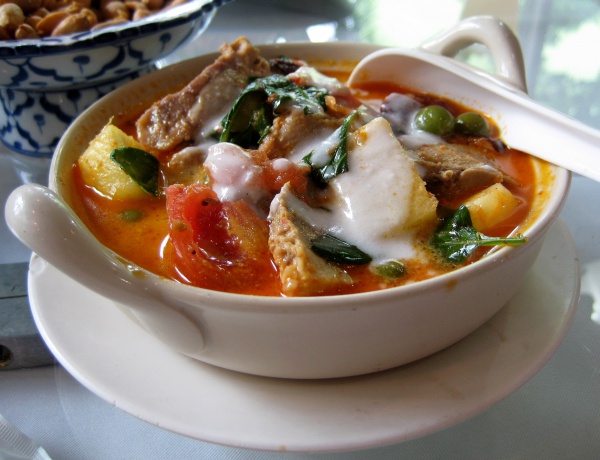Facts About Thai cuisine
Thai cuisine, the culinary pride of Thailand, is renowned for its aromatic dishes with a spicy kick. What distinguishes Thai cooking is its masterful balance of flavors, textures, and colors, often using ingredients with health benefits. Traditional Thai dishes fall into four main categories: boiled dishes (tom), spicy salads (yam), pounded foods (tam), and curries (gaeng). Over centuries, influences from Chinese, Indian, Persian, and Western cuisines have enriched Thai food, introducing techniques like wok cooking and ingredients such as spices and chili peppers.
One of the fascinating aspects of Thai cuisine is its regional diversity. The central, northern, northeastern (Isan), and southern regions each have unique dishes and ingredients shaped by their geography, climate, and cultural ties with neighboring countries. For example, northern Thai cuisine shares similarities with Burmese and Lao foods, while southern Thai dishes are influenced by Indian and Malay cooking.
Central Thai cuisine, in particular, has been influenced by Thai royal cuisine, known for its intricate presentation and high-quality ingredients. While traditional Thai food was originally eaten with hands, today, most Thais use a fork and spoon, with chopsticks mainly reserved for noodle soups and some other dishes.
Rice is a staple in Thai cuisine, with jasmine rice being especially prized. Sticky rice is common in the north and northeast. Noodles, made from rice, wheat, or mung bean flour, are also widely enjoyed. Essential ingredients in Thai food include fish sauce, shrimp paste, garlic, chilies, and coconut milk, with many dishes featuring a harmonious blend of sweet, sour, salty, and spicy flavors.
Thai meals often include a variety of sauces and condiments, like fish sauce mixed with lime juice and chilies, dried chili flakes, and sweet chili sauce. Typically, a meal will comprise rice accompanied by multiple dishes such as soups, curries, and stir-fries, all served simultaneously.
Thailand's rich landscape and cultural heritage provide a wide array of ingredients for Thai cooking, including fresh herbs and spices, vegetables, fruits, and meats. Seafood is particularly important, especially in coastal areas.
Bangkok is a world-renowned destination for street food, with vendors selling everything from noodle soups and stir-fries to grilled meats and sweet treats. Food markets and food courts offer similar options, often with communal seating.
While vegetarian options are available, especially during festivals, traditional Thai dishes often contain fish sauce and shrimp paste. However, specialized vegetarian restaurants cater to those seeking meat-free meals.
Thai cuisine gained international recognition from the 1960s, thanks to tourism and gastrodiplomacy initiatives. The "Kitchen of the World" campaign and the "Global Thai" program aimed to increase the number of Thai restaurants globally and promote Thai food as an integral part of Thai culture.
Thai chefs and restaurants have earned international acclaim, including Michelin stars and other culinary awards. Culinary tours and cooking courses in Thailand have become popular among tourists eager to learn Thai cooking.
To ensure the quality and authenticity of Thai food abroad, the Thai government has launched programs like the "Thai Delicious" project, which developed standardized recipes and a machine to evaluate the authenticity of Thai dishes. Despite some criticisms, these initiatives aim to maintain the high standards and authenticity of Thai cuisine worldwide.

 Malaysia
Malaysia